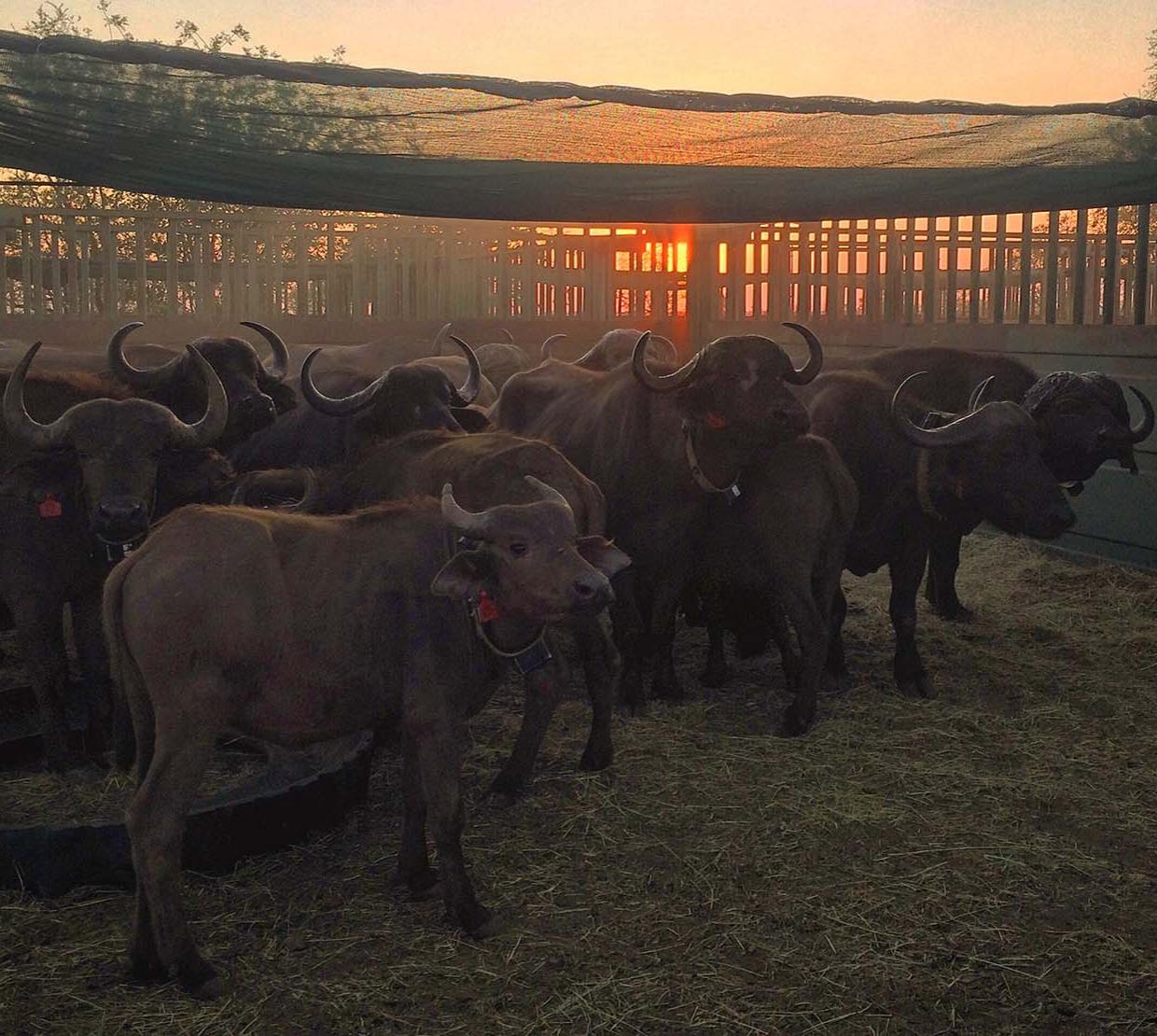A new study on foot-and-mouth disease among buffalo in South Africa could help explain how certain extremely contagious pathogens are able to persist and reach endemic stage in a population, long after they’ve burned through their initial pool of susceptible hosts.
Lead author Anna Jolles, an epidemiology professor with dual appointments in the College and the Carlson College of Veterinary Medicine, said the findings published in Science Magazine raise the same question that many are asking now about COVID-19. After responding to the disaster situation, what happens next?
The study looked at the transmission mechanisms of three main strains of foot-and-mouth disease virus among buffalo herds in South Africa’s Kruger National Park. Researchers tested blood and tissue samples from a wild herd every two to three months from 2014 through 2017 and observed infection dynamics in a captive group of buffalo at tighter time intervals for six months.
“A lot of studies and a lot of press on very contagious pathogens focus on the ‘wildfire’ stage, when the pathogen is running through the population and people try to predict how far it will go and what fraction of the population will become infected in the epidemic stage,” Jolles said. “But once that wildfire stage has passed, then where does that pathogen go? That’s what we’re focusing on.”
Researchers were essentially trying to think like a virus: What’s the best way for a pathogen to spread within a given buffalo population, and how does it survive the lean times when there are very few susceptible hosts to infect?
Read the full story here.




